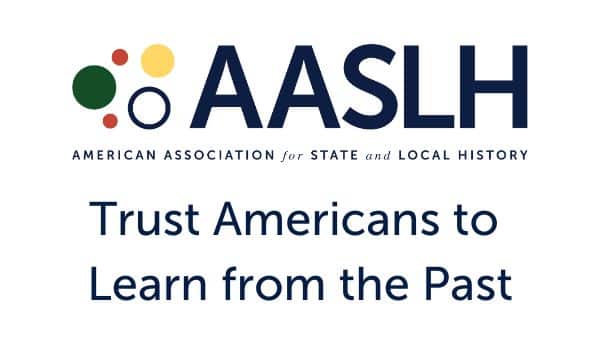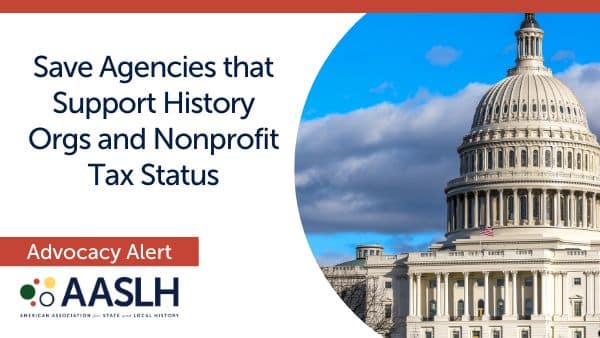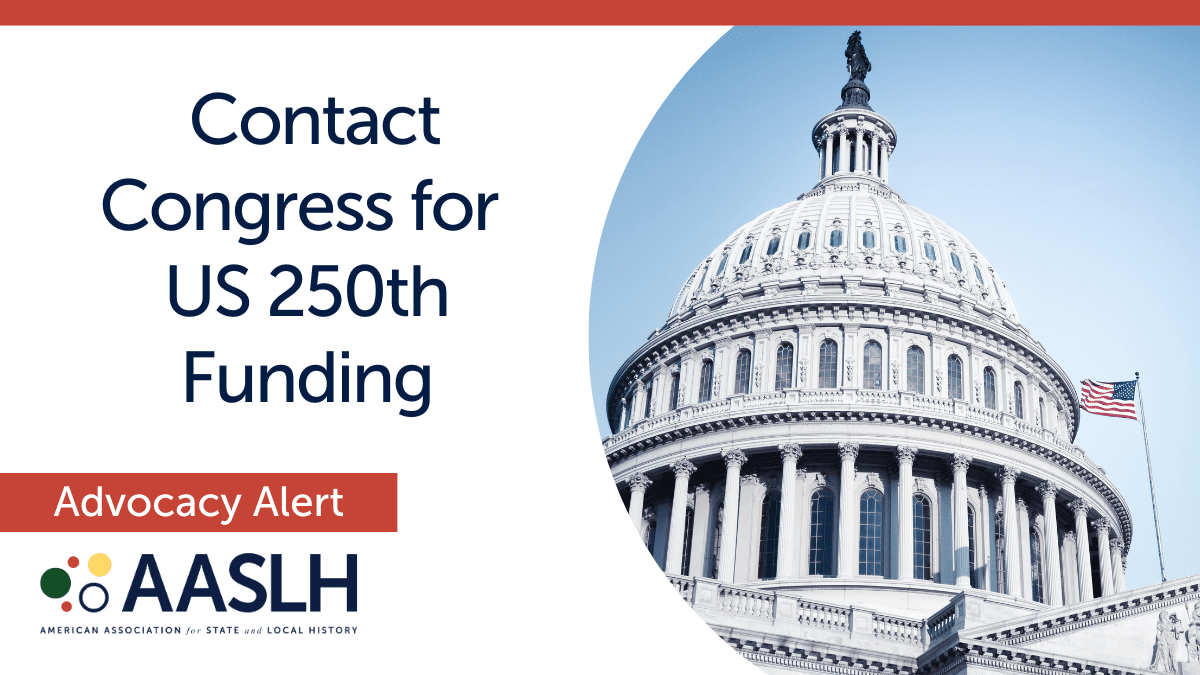
AASLH President & CEO John Dichtl speaking at the 2016 AASLH/MMA Annual Meeting
As reported in this blog and in our newsletter, Dispatch, AASLH staff and Council are devising a new strategic plan. This plan has emerged from the ongoing discussions of our Aspirations Task Force from 2014 to the present. It reflects elements of the vision I had for the organization when I arrived as CEO in spring of last year. At the most recent Annual Meeting in Detroit, Council approved the three-year plan as a working document.
What we are aiming to do is be a more inclusive organization. AASLH has a long tradition of being welcoming and of reaching many types of history organizations and professionals. Over the decades we have brought paid and volunteer practitioners together in common purpose. AASLH meetings and networks and programs have been open and inviting. We will be accelerating these efforts and seeking new audiences, members, and partners, taking the organization—your “Home for History”—to new places.
On the eve of a presidential election and in the swirl of its media coverage that leave the world extremely polarized, I think it especially crucial that our association and its member organizations are institutions of openness, dialogue, and engagement across all the borders that divide us. Historical organizations’ role as trusted interpreters of the past, inclusive institutions in their communities that foster honest discussion, will be more important than ever.
For AASLH, being “inclusive” is an intent that reaches all five of our strategic plan’s goals, most directly the goal of “building diversity and inclusion,” of course. While there are many types of diversity, we will focus on inclusion with regard to race and ethnicity, followed by other forms, from gender and sexual identity to political perspectives, from physical and mental abilities to age, education, employment experiences, and geographic location.
A second goal in the strategic plan, “promoting history relevance,” also implies dealing with inclusive history, thinking anew about how to engage a variety of audiences in finding meaning in the past. By being a “representative and responsive association,” our third strategic goal, we make AASLH a home and resource for all history practitioners and take responsibility for a deeper understanding of new directions in the field. Being “sustainable and transparent,” our fourth goal, means that we will include members and other colleagues in understanding the organization’s inner workings so that these can be improved, and so that other organizations can share in what we learn. And, finally, to “act with a creative and experimental spirit” means AASLH will be open to new ideas, activities, and partners. To address the challenges ahead we will embrace a range of perspectives out of which to generate these ideas. That means finding ways to include in the work we do more avocational historians and academics, millennials and members of underrepresented racial and ethnic groups, small history organizations and our allies in other fields and disciplines.
In June 2016, the AASLH Council adopted a Diversity and Inclusion statement that begins, “Everyone makes history. Relevant history is inclusive history.” Like our allies in the History Relevance Campaign, I think we all want the result of our efforts at inclusion around the subject of history ultimately to be that “people will value history for its relevance to modern life and use historical thinking skills to actively engage with and address contemporary issues.”
I hope that as you reflect on the idea of inclusiveness, what it means for your work, and what it means for AASLH, that you will share your thoughts with me ([email protected]). I also urge you to take up the cause of History Relevance, if you haven’t already, and see if your organization will endorse the Value of History statement at historyrelevance.com/endorsers.



